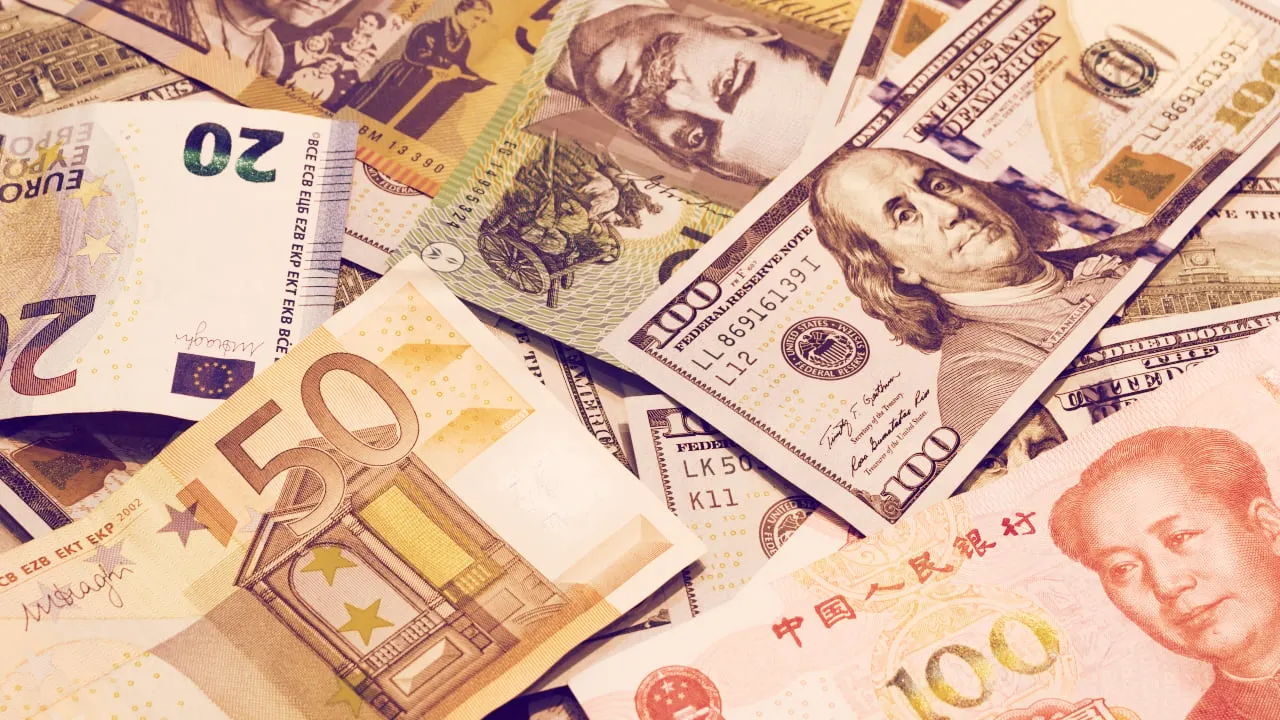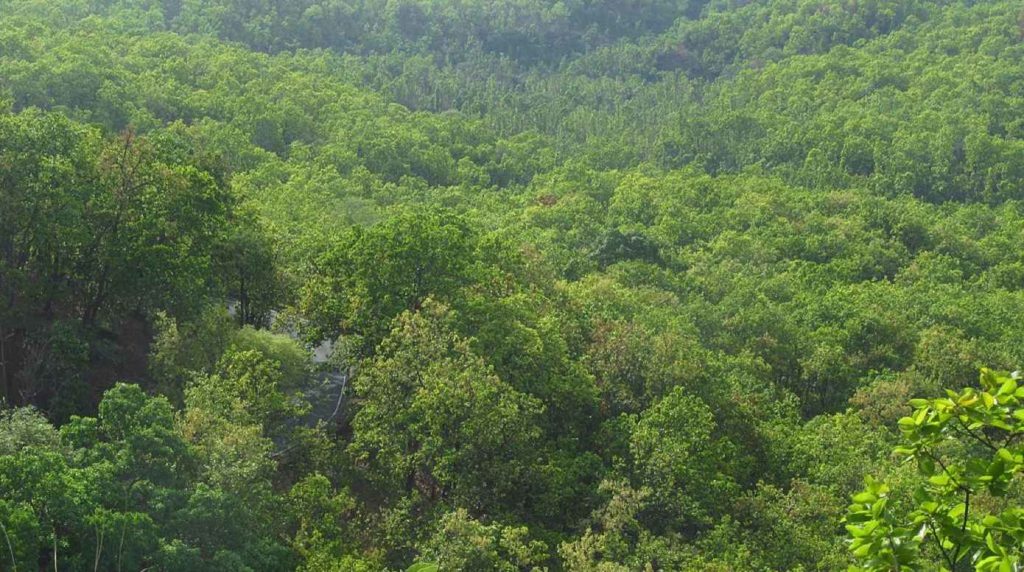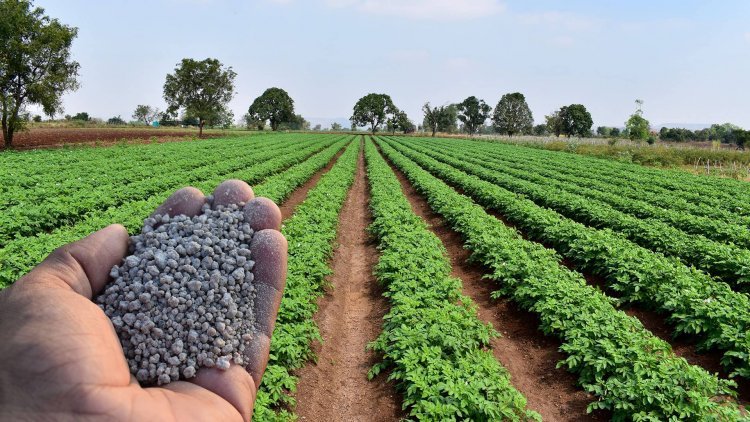- Courses
- GS Full Course 1 Year
- GS Full Course 2 Year
- GS Full Course 3 Year
- GS Full Course Till Selection
- Answer Alpha: Mains 2025 Mentorship
- MEP (Mains Enrichment Programme) Data, Facts
- Essay Target – 150+ Marks
- Online Program
- GS Recorded Course
- Polity
- Geography
- Economy
- Ancient, Medieval and Art & Culture AMAC
- Modern India, Post Independence & World History
- Environment
- Governance
- Science & Technology
- International Relations and Internal Security
- Disaster Management
- Ethics
- NCERT Current Affairs
- Indian Society and Social Issue
- NCERT- Science and Technology
- NCERT - Geography
- NCERT - Ancient History
- NCERT- World History
- NCERT Modern History
- CSAT
- 5 LAYERED ARJUNA Mentorship
- Public Administration Optional
- ABOUT US
- OUR TOPPERS
- TEST SERIES
- FREE STUDY MATERIAL
- VIDEOS
- CONTACT US
Kosovo-Serbia Conflict
Kosovo-Serbia Conflict
06-06-2023

Latest Context:
Recently, the Serbian protesters and NATO (North Atlantic Treaty Organization) peacekeepers clashed in Kosovo, leading to more than 60 injuries.
About the Kosovo-Serbia Conflict
Geography of the Region:
- Serbia: Serbia is a landlocked country in eastern Europe that shares borders with Hungary, Romania, and Bulgaria.
- Kosovo: Kosovo is a small landlocked region that lies to Serbia’s southwest, sharing borders with North Macedonia, Albania, and Montenegro. Many Serbs consider Kosovo as the birthplace of their nation. Kosovo declared independence from Serbia in 2008, but Serbia does not recognize Kosovo’s statehood.
Ethnic Background of the Region:
- Kosovo is a region where Serbs and Albanians, representing different ethnicities and religious backgrounds, have been living for centuries.
- Almost 1.8 million people are living in Kosovo, 92% are Albanian and only 6% Serbian. The rest are Bosniaks, Gorans, Turks and Roma.
- Serbs are primarily eastern orthodox christians, while Albanians in Kosovo are predominantly Muslim. Other minority groups include Bosnians and Turks. Serbs form the majority in Serbia, while Albanians are the majority in Kosovo.
So, What is the Cause of Current Tension?
- It is the most serious violence seen in the region in last almost a decade.
- Northern Kosovo experiences frequent tensions because of the larger ethnic and political divide between ethnic Serbs and Albanians.
- Ethnic Serbs, who form a majority in northern Kosovo, attempted to block Albanian mayors from taking charge in local councils.
- Serbs boycotted local elections in April 2023, resulting in a low voter turnout of less than 3.5%. The election results were rejected by Serbs as illegitimate.
About the Battle Of Kososvo:
- Serbian nationalists view the 1389 Battle of Kosovo between the Serbian prince Lazar Hrebeljanovic and the Ottoman Sultan Murad Hudavendigar as a defining moment in their national struggle.
- On the other hand, Kosovo’s majority ethnic Albanians view Kosovo as belonging to them and accuse Serbia of occupation and repression.
Disintegration of Yugoslavia:
- From 1945 after the end of World War II to 1992, the area in the Balkans comprising present-day: Bosnia and Herzegovina, Croatia, Macedonia, Montenegro, Serbia, and Slovenia, were one country, officially known as the Socialist Federal Republic of Yugoslavia (SFRY) with Belgrade as its capital. Serbia included autonomous provinces of Kosovo and Vojvodina.
- After the collapse of the Soviet Union, Yugoslavia got disintegrated, with each republic becoming an independent country.
- Slovenia was the first to secede in 1991.
- The late 1980s and early 1990s saw the weakening of the central government in Yugoslavia, accompanied by resurgent nationalism.
- Political leaders exploited nationalist rhetoric, eroding the common Yugoslav identity and fuelling fear and mistrust among ethnic groups.
- In 1998, ethnic Albanian rebels formed the Kosovo Liberation Army (KLA) to challenge Serbian rule.
Intervention of NATO:
- NATO intervened in 1999 after Serbia's brutal response, leading to a 78-day air campaign against Kosovo and Serbia.
- Serbia agreed to withdraw its forces from Kosovo, resulting in the return of Albanian refugees and the displacement of many Serbs who feared reprisals.
- In June 1999, Kosovo came under international administration, with its final status remaining unresolved.
- Several Serbian leaders, including President Milošević, were indicted for war crimes by the UN's tribunal.
What is the Current Status of Kosovo?
- While Kosovo declared independence in 2008, Serbia still considers it to be an integral part of Serbian territory.
- Countries such as India, China, and Russia do not recognise Kosovo as a separate country, while the US, the majority of EU countries, Japan and Australia do so.
- A total of 99 out of 193 United Nations (UN) countries now recognize Kosovo's independence.
India’s Stand on the Status of Kosovo:
- India claims that Kosovo does not fulfill the 3 principles required for recognition: a defined territory, a duly constituted government accepted by the people, and effective control over an area of governance.
- India has opposed Kosovo's membership in international bodies such as UNESCO, Apostille Convention, Convention for the Pacific Settlement of International Disputes, and Egmont Group of Financial Intelligence Units.
- India's non-recognition of Kosovo is based on its support for the sovereignty and territorial integrity of Serbia, with whom it has a long-standing relationship.
Brussels Agreement:
- In 2011, the EU, backed by the U.S, initiated talks to resolve the conflict between the two countries, offering the prospect that the two could only become a part of the EU if they bilaterally normalised relations.
- In 2013, the two reached the Brussels Agreement brokered by the EU, which included measures to dismantle Serbia-backed parallel structures in Kosovo’s north and the creation of the Association of Serb Municipalities to administratively link Kosovo’s 10 Serb-majority municipalities.
- While the agreement was not fully implemented on the ground, the participation of Serbs in elections was facilitated.
Serbia’s ties with Russia:
- Kosovo’s current leader and the West are also concerned about Serbia’s strong historic and military ties with Moscow and its political closeness with President Vladimir Putin who has maintained support for the Serbian claim.
- The concerns have intensified after the start of the Ukraine conflict and Mr. Kurti has warned of a spillover in the Balkans backed by Russia.
- Besides, Serbia’s dependence on Russia for diplomatic support to counter Kosovo’s bids at the UN puts Moscow in a position of influence.
About NATO
- It was formed in 1949 with an aim of keeping an eye on Soviet Union’s (it was a union of Russia and many of its neighbour countries) expansion in Europe after World War 2.
- NATO is a ‘military alliance’ that include 30 countries which are mostly of North America and Europe.
- NATO agreement says that ‘if there is an attack on any of its member country then it will be considered as an attack on NATO and an collective action can be taken by the NATO’.
- Its 12 founding members are: 1) United States 2) United Kingdom 3) Belgium 4) Canada 5) Denmark 6) France 7) Iceland 8) Italy 9) Luxembourg 10) the Netherlands 11) Norway 12) Portugal.
NATO’s Expansion:
- The Soviet Union responded to NATO by creating its own military alliance with 7 other Eastern European countries in 1955 by signing the Warsaw Pact.
- But after the collapse of the Soviet Union in 1991, many countries who were earlier the part of Warsaw Pact became NATO members. This includes Hungary, Poland, Bulgaria, Estonia, Latvia and many others.
- NATO's Open door policy (Article 10 of the NATO charter), allows any European country that can enhance or contribute "to the security of the North Atlantic area" to join the NATO.
Major Non-NATO Ally Status:
- It is a status given by the US government to its close allies that have a strategic relationship with it but are not members of the NATO.
- The US has designated 30 countries including South Korea, Japan, Israel etc. as major non-NATO allies.
- This status provides a variety of military and financial advantages such as participation in defence research projects and counter-terrorism initiatives, buy uranium ammunition etc. that otherwise are not obtainable by non-NATO countries.

Q. Consider the following pairs : (2023)
Regiona often seen in news is related to
- North Kivu and Ituri : War between Armenia and Azerbaijan
- Nagorno-Karabakh: Insurgency in Mozambique
- Kherson and Zaporizhzhia: Dispute between Israel and Lebanon
How many of the above pairs are correctly matched?
(a)Onlyone
(b)Onlytwo
(c)Allthree
(d) None
Ans: (d)
Must Check: Best IAS Coaching Centre In Delhi



